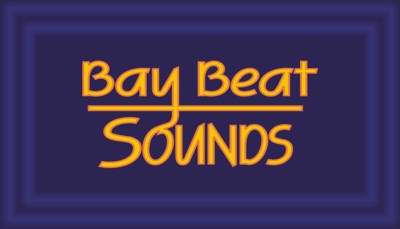
The presentation of the preludes and fugues is an effort to be as "transparent" as possible, giving Bach's voice maximum expression. This is in contrast to a rendition that emphasizes the performer's interpretation. For example, such interpretive issues might include pointing certain notes to clarify the ambiguity of their relationship to melody or harmony.* In these cases, no effort was made to "point" in one direction over the other, letting the listener's ear, psychology, and the ambient noise of the moment determine how it is heard.
Complete transparency is, of course, impossible. Decisions must be made regarding nearly every aspect of the work. I have tried to avoid the extreme and the absurd. Which might be extreme and absurd in itself.
* For example, the F minor Prelude (BWV 857). The performer can choose to emphasize:
Perhaps the most inauthentic aspect of these performances is the instrument. "The Well-Tempered Clavier, Book I" was most likely intended for play upon the clavichord, though harpsichord is also possible. (Book II was likely intended for play upon the harpsichord, given the "p" and "f" markings in bars 3 and 5 of Prelude 18 in G-sharp minor.)
These works were performed on a Korg Oasys synthesizer reproduction of a Steinway grand piano.
The recording techniques place the listener on a bench in front of the keyboard, rather than in a parlor or hall, away from the instrument.
Scholars such as Alfred Dürr tell us that dynamic contrasts are not a significant component of "The Well-Tempered Clavier". [Alfred Dürr, "The Well-Tempered Clavier"] The clavichord was capable of only minimal dynamic shadings and the two-manual harpsichord could produce terraced volume contrasts. There is no reason to think that changing registration during a piece was a common Baroque technique. [Judith Linder Schneider, "The Well-Tempered Clavier"] Only Prelude 18 of Book II suggests this technique.
The number of voices and length and pitch of tones are the prime determinants of volume dynamics.
Bach offered very few tempo references in the manuscript. Tempi are subject to a range of interpretation by even the most respected performers and scholars. In these pieces, the tempi, and tempo changes, are determined by analysis of the works and the relationship between each prelude and its fugue. My ear was the final arbiter.
An "unmarked" ritardando appears near the end of several of these performances to enhance the sense of closure.
These performances attempt to follow tradition and scholarship in the use of ornaments. A couple of exceptions appear in honor of Glenn Gould. As with tempi, my ear was the final arbiter.
No pedal was used in this work.
These performances adhere very closely to the manuscript, without too much idiosyncratic interpretation. If I have ignored or contradicted an articulation that you consider "obvious", allow me to apologize in advance.
Of course, "without interpretation" is an interpretation itself.
I welcome your feedback. In this digital age, nothing is set in stone, or even indelible ink. If you provide a correction to one of these performances (convincingly explained, of course), I might well re-work the piece in question. In such an event, I will send you a copy of the updated audio file by email. Send suggestions to:

|
webhead@baybeatmedia.com |